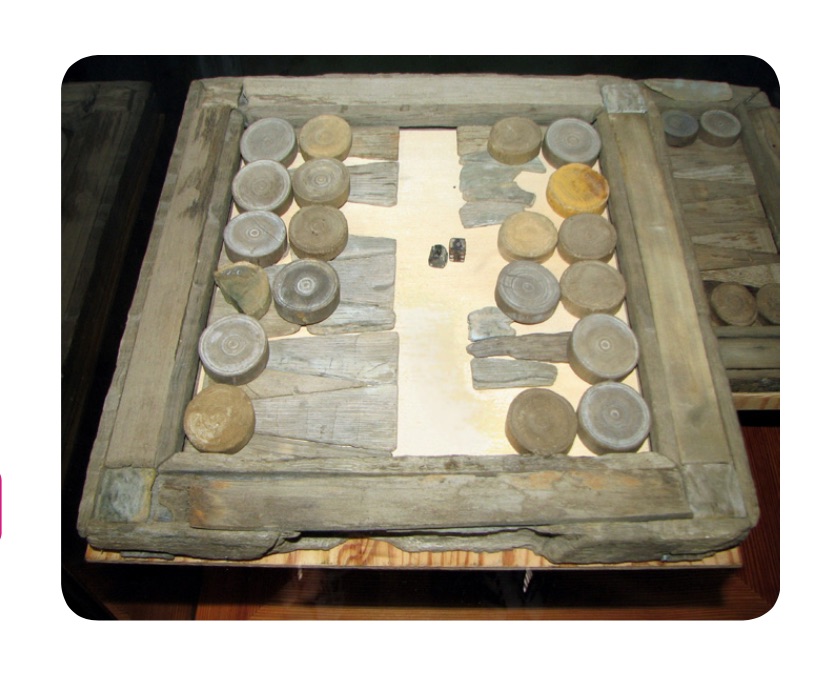THE HISTORY OF BACKGAMMON
Backgammon is one of the oldest board games in the world, along with chess and Go. It is a member of the tables family, one of the oldest classes of board games.
Excavations at Shahr-e Sukhteh in Iran have shown that a board race game existed
there around 3000 BC. The artefacts include two dice and 60 checkers. There’s another theory about
backgammon that it may have originated in Iraq – previously Mesopotamia – as two dice (made of human bones) were discovered in the area.
Backgammon involves a combination of strategy and luck (because of rolling the dice). It is a two player game. Each player has fifteen pieces. The objective of the game is to be the first to move all fifteen checkers off the board.
The word backgammon first appeared in print in 1645. No one knows for sure where the name came from, but most scholars agree that it comes from the Middle English baec = back and gamen = game.
Backgammon is still popular in countries such as Turkey and Greece. Like chess, backgammon has been studied with great interest by computer scientists. Thanks to this research, backgammon software has been developed that can beat world-class human players.

